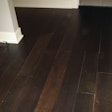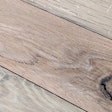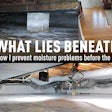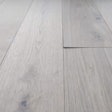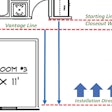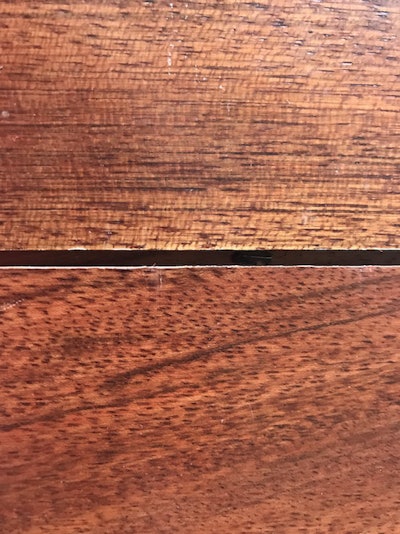
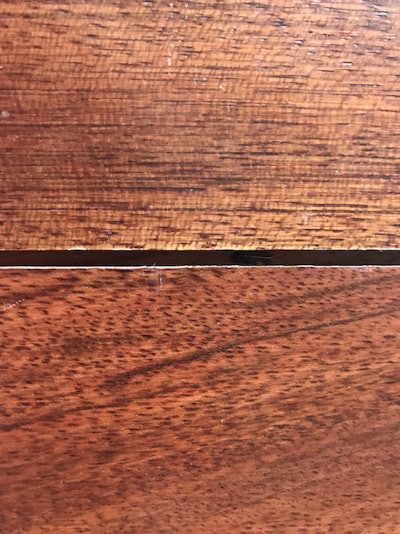 A Brazilian cherry wood floor showing gaps between boards.
A Brazilian cherry wood floor showing gaps between boards.
Once the homeowners returned home in the spring and saw the wood floor with gaps, they called the flooring contractor to look at the floor. He told them that heating season had just ended, so wood flooring is typically gapped then, and that the gaps should close up by the end of summer. By the middle of our humid summer, the gaps were not closing, but the flooring contractor told the homeowners they must be patient and wait for the wood floor to finish swelling before an evaluation can be made. The homeowners, as many do, got impatient and called for a wood floor inspection.
I found the gaps in the floor measured from 1/16–1/8 inch with an average of 3/32 inch. Destructive testing revealed the flooring was nailed down with the 2-inch cleat. It was also evident that the cleat was not seated properly into the nail pocket on the tongue. Further evaluation found the cleat was sitting at an angle, simply meaning the floor nailing machine was not sitting square to the plank when the fastener was inserted. This left the head of the cleat elevated enough so the adjoining plank could not be securely tightened against the next board at the time of installation.
 A Brazilian cherry wood floor showing gaps between boards had cleats that weren't seated correctly.
A Brazilian cherry wood floor showing gaps between boards had cleats that weren't seated correctly.
Needless to say, this gapped floor was NOT caused by seasonal change—which would be considered normal—but by the installation, and it will be the installer's responsibility to replace the floor at his expense. It's extremely important to pause during installation to keep a keen eye on fasteners and make sure they are being seated correctly.
RELATED: How to Prevent Wood Floor Gaps in Winter






















